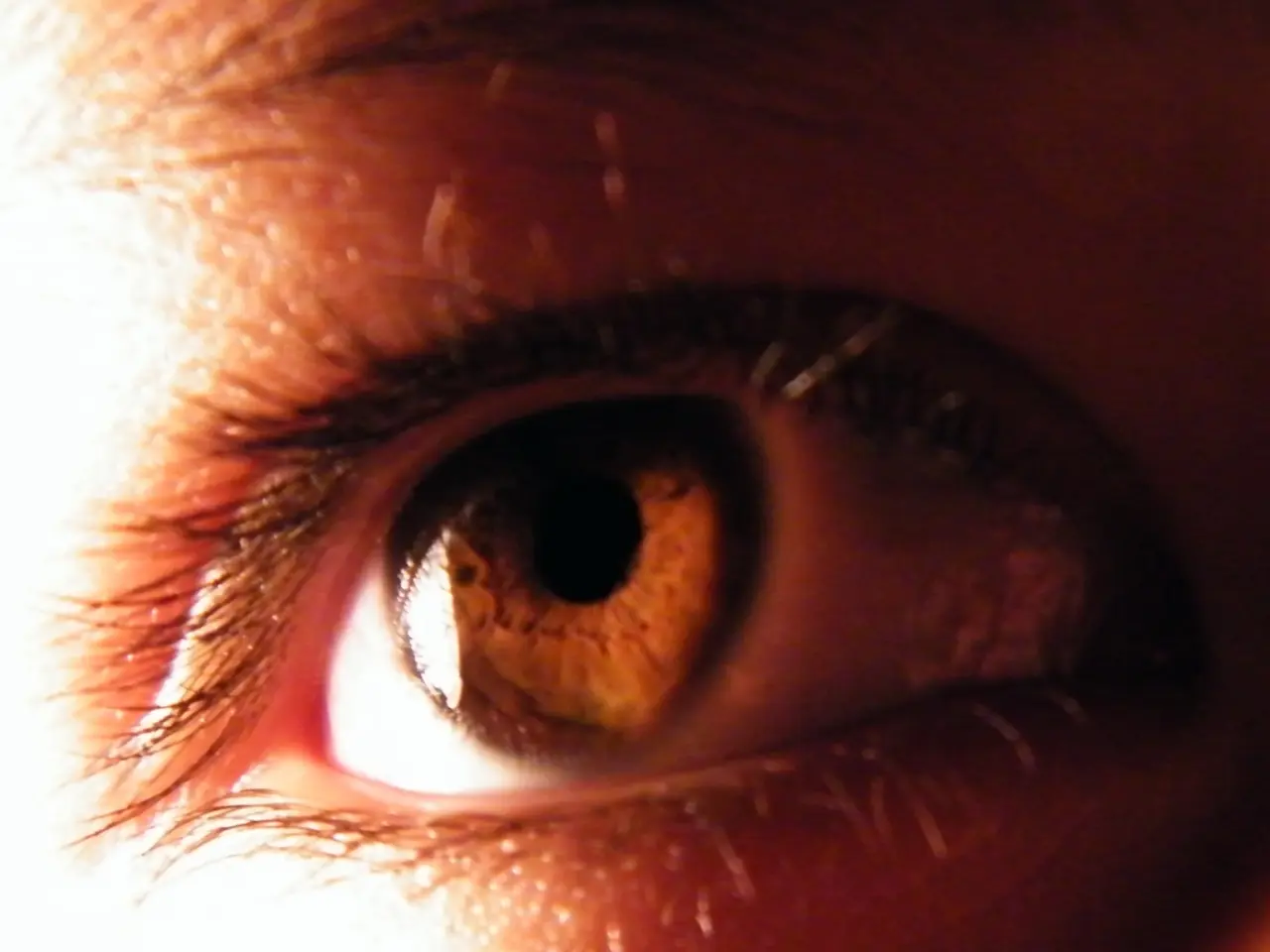Unveiling the Realities of Teeth Whitening: Dispelling Myths, Presenting Facts, and Outlining Potential Hazards
A dental check-up often includes requests for information about diet, tobacco use, medication, and oral care routines. Maintaining good oral hygiene practices, such as brushing twice a day, flossing, and regular dental examinations, can help maintain a bright smile. However, factors such as enamel erosion, staining foods and beverages, and certain medications can cause tooth discoloration.
In cases of severe discoloration, over-the-counter whitening products may not be sufficient. Addressing such issues may require bonding or veneer application when whitening procedures are resistant. It is essential to seek advice from a dentist before beginning any teeth bleaching program.
External tooth discoloration can result from staining foods in the diet and poor teeth cleaning leading to plaque build-up. Individuals dealing with light stains can obtain beneficial effects from over-the-counter products. However, improper use of these products can cause sensitivity, gum irritation, visible light and dark areas, enamel loss, and tooth decay.
Excessive tooth whitening procedures can ultimately lead to permanent harm to dental structures. Using bleaching kits at home incorrectly can cause harm to teeth and gums. Enamel loss and increased tooth sensitivity can arise from continuous bleaching agent use or improper bleaching practices.
For the most effective and safe teeth whitening methods, professional in-office whitening treatments are recommended. These treatments typically involve applying a high-concentration bleaching agent, such as hydrogen peroxide or carbamide peroxide, directly to the teeth, often activated by a specialized light or laser. This method can result in several shades of whitening in about an hour, offering immediate and noticeable results with careful customization to the individual's enamel shade, sensitivity, and dental work.
Key advantages of professional whitening include stronger bleaching agents than over-the-counter products, personalized treatment plans tailored to your specific dental needs, professional monitoring during the procedure, and longer-lasting effects when combined with good oral hygiene and occasional professional touch-ups. Some dental clinics use advanced devices like BEYOND Polus, which enhance whitening efficacy and target deep stains for nearly immediate improvement.
While at-home whitening products (e.g., strips or kits containing hydrogen peroxide) can also whiten teeth up to about 2.6 shades safely, they generally require longer usage periods (weeks to months), are less customizable, and may be less effective on deep stains or complex cases. Professional treatments remain the gold standard for fast, safe, and optimal smile enhancement.
In summary, professional in-office bleaching with customized, dentist-supervised application of high-strength peroxide agents and often light/laser activation offers the most effective and safest approach for achieving optimal teeth whitening and smile enhancement.
- For individuals experiencing severe tooth discoloration that in-home whitening products can't address, therapy like bonding or veneer application might be necessary, which are often recommended after consultations with a health professional in the field of dentistry and science.
- To maintain the health, longevity, and optimal whiteness of teeth, it's advisable to choose professional health-and-wellness services that prioritize safety and efficacy, such as in-office teeth whitening treatments, which often provide instant results and are tailored to individual dental needs and oral hygiene practices.




